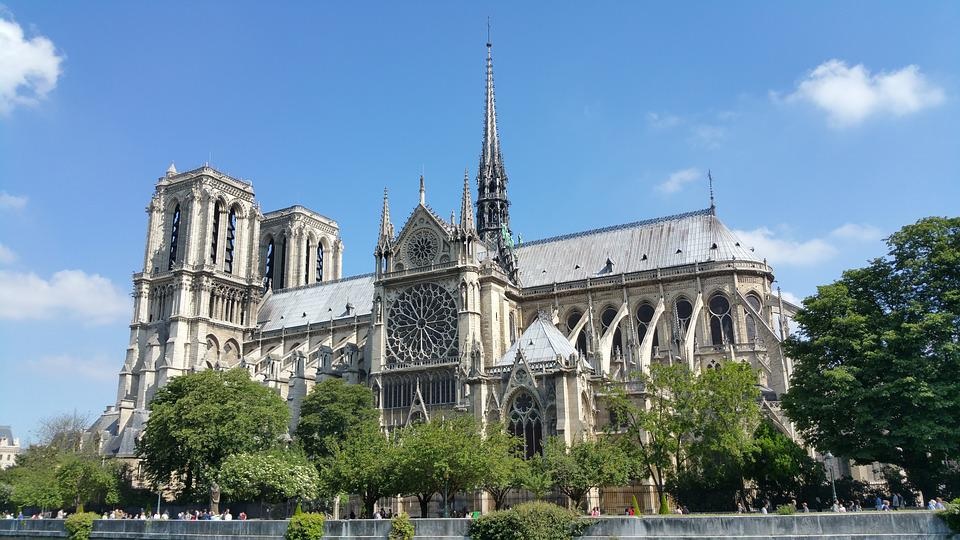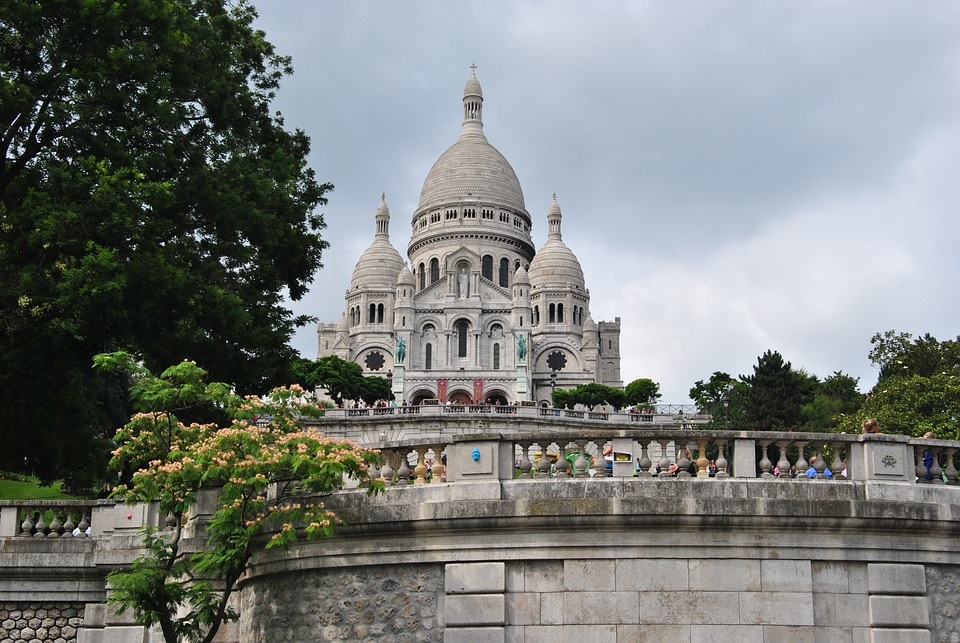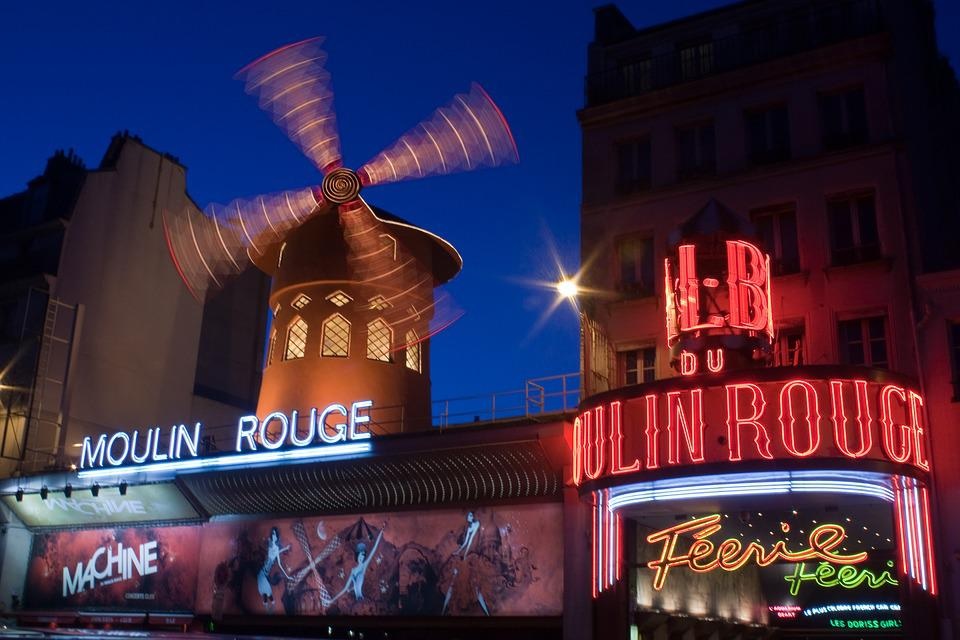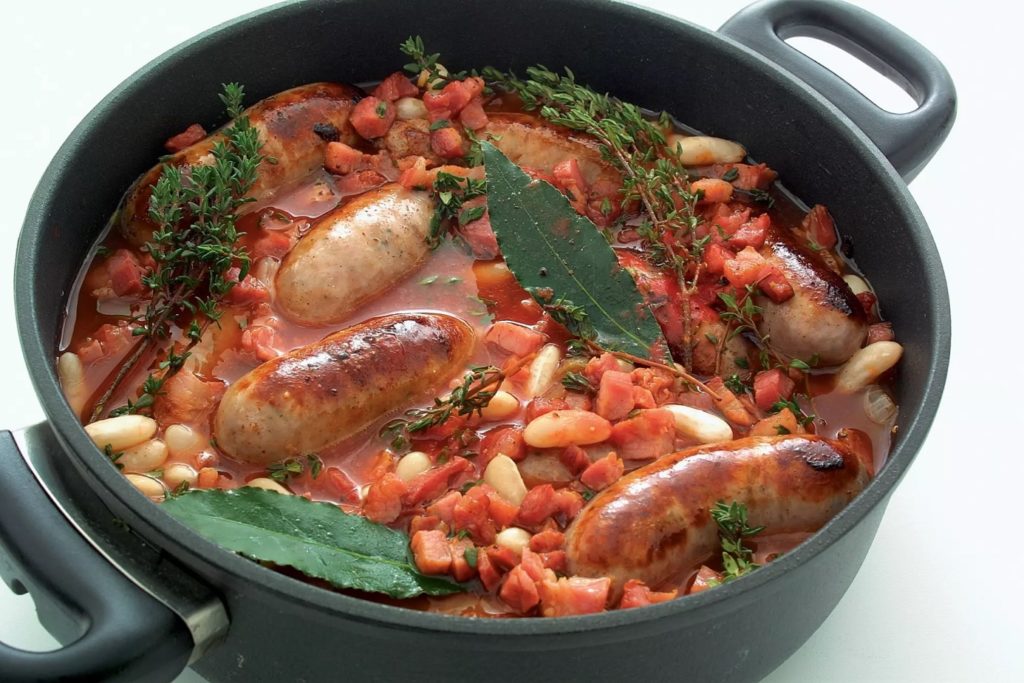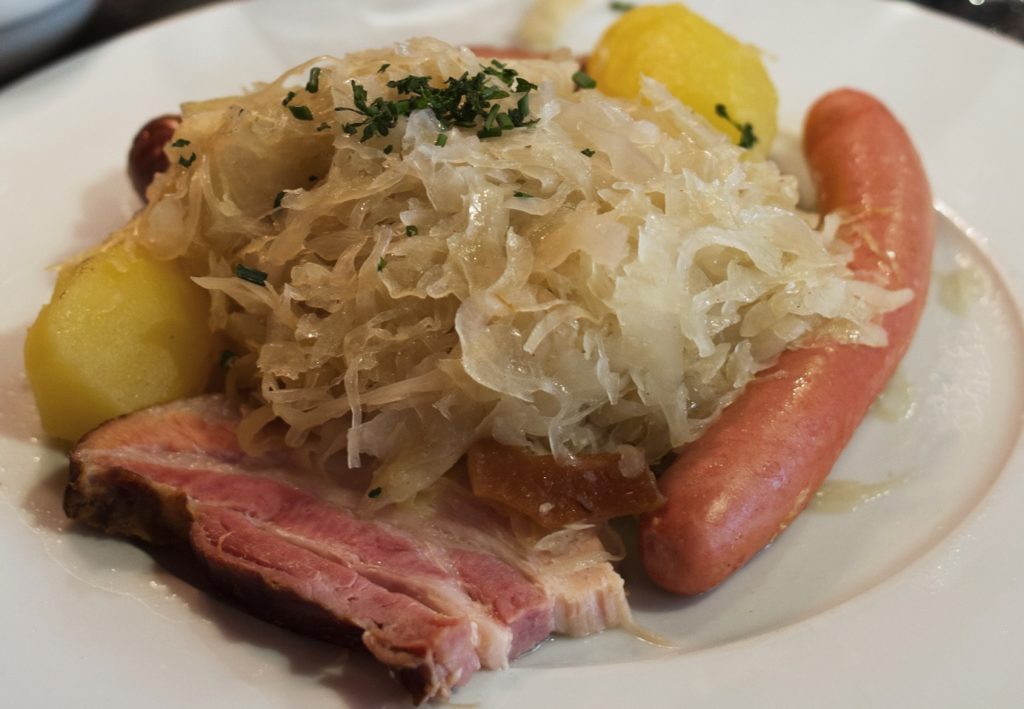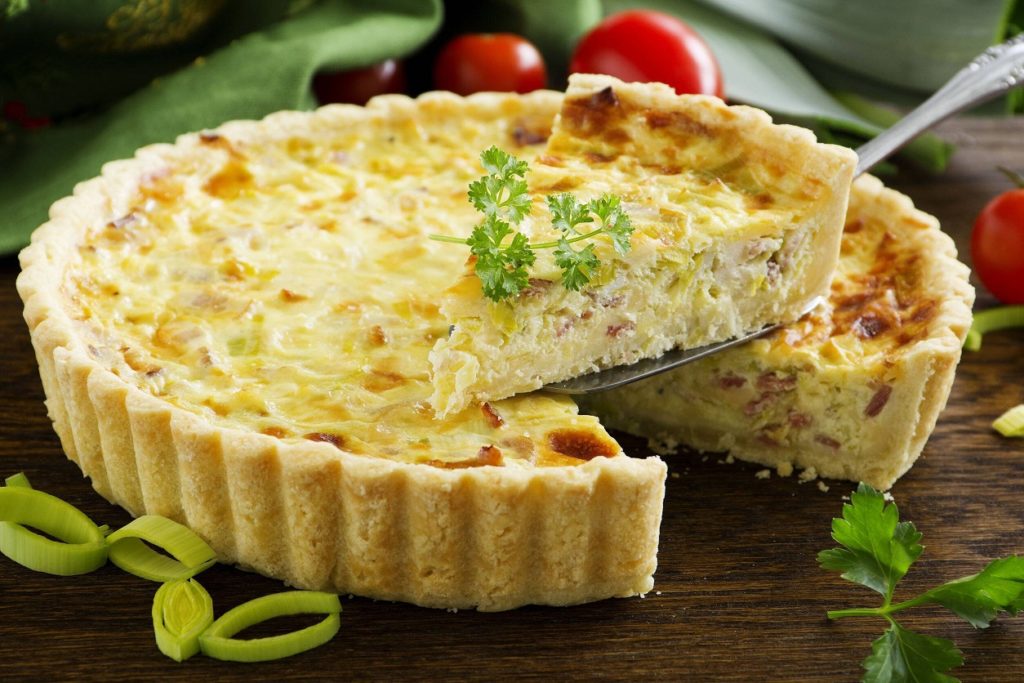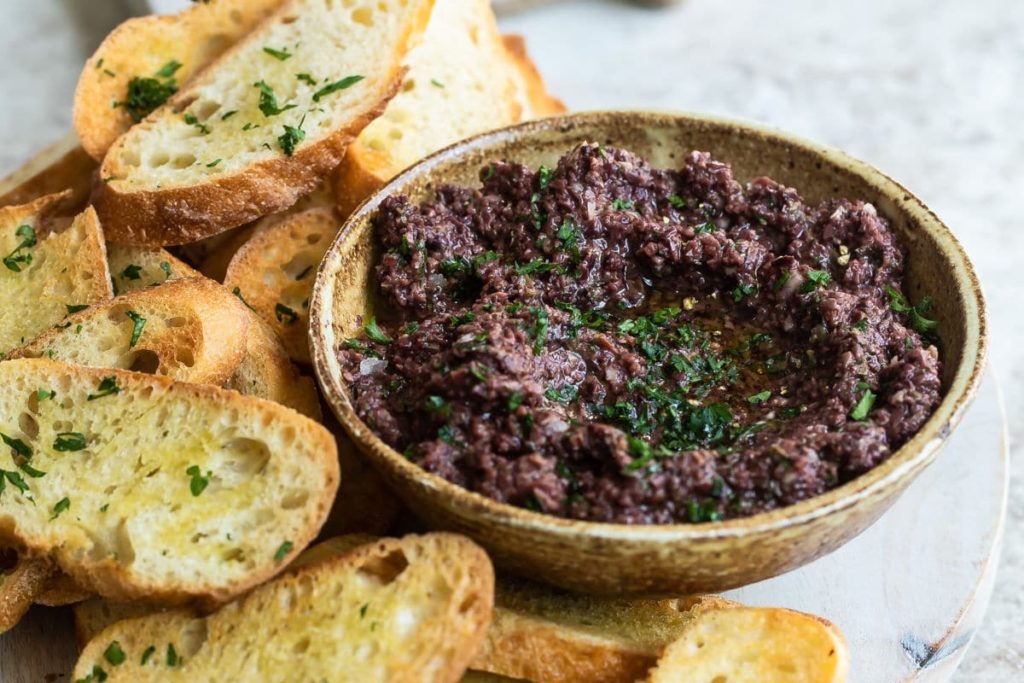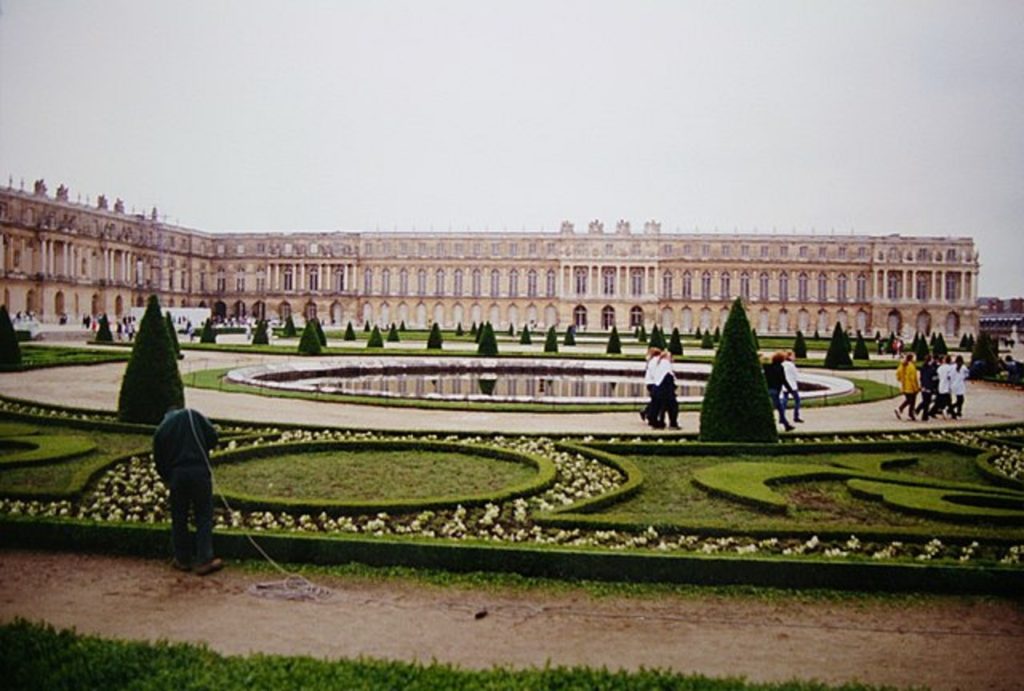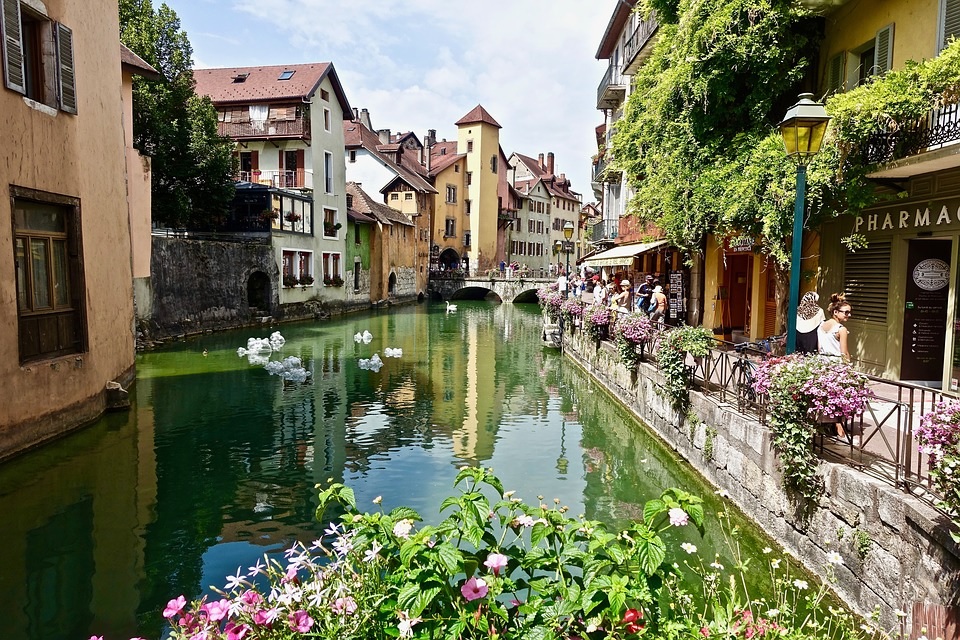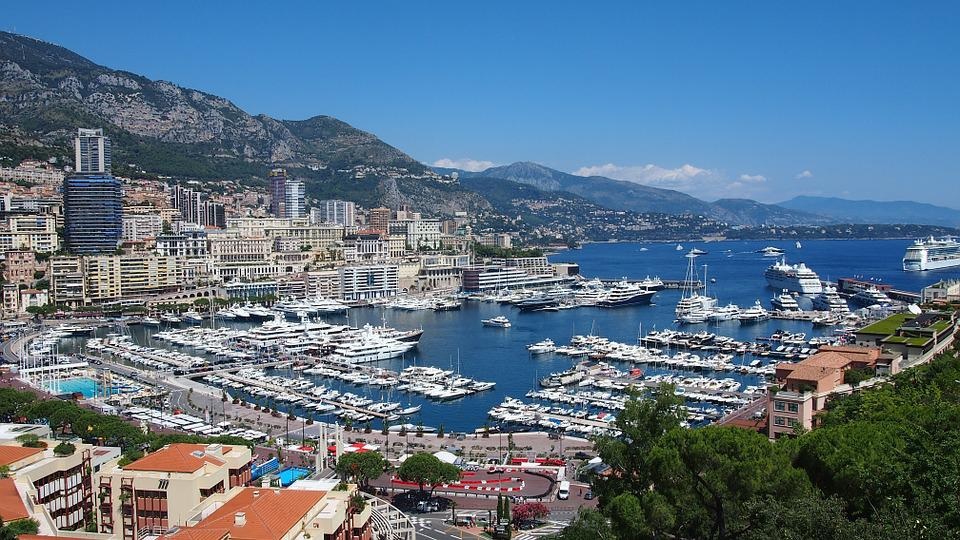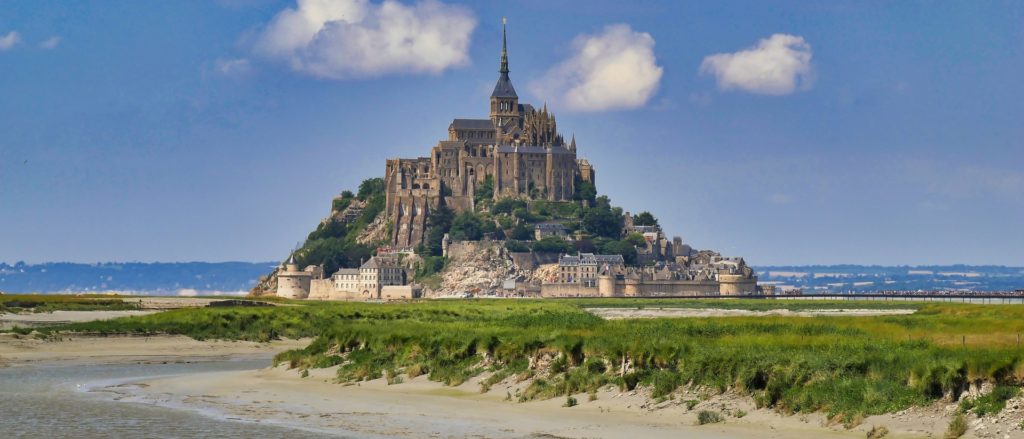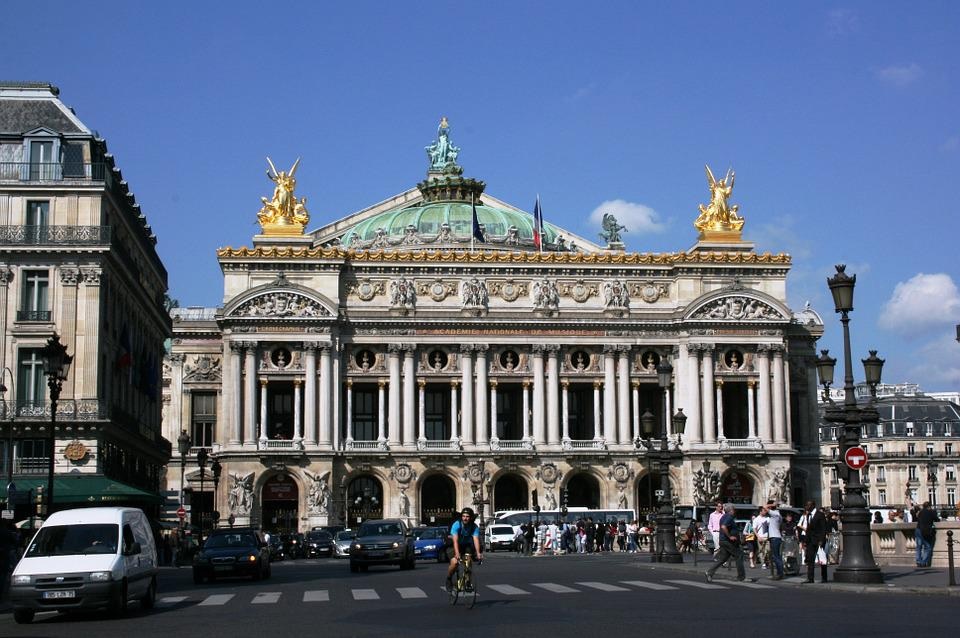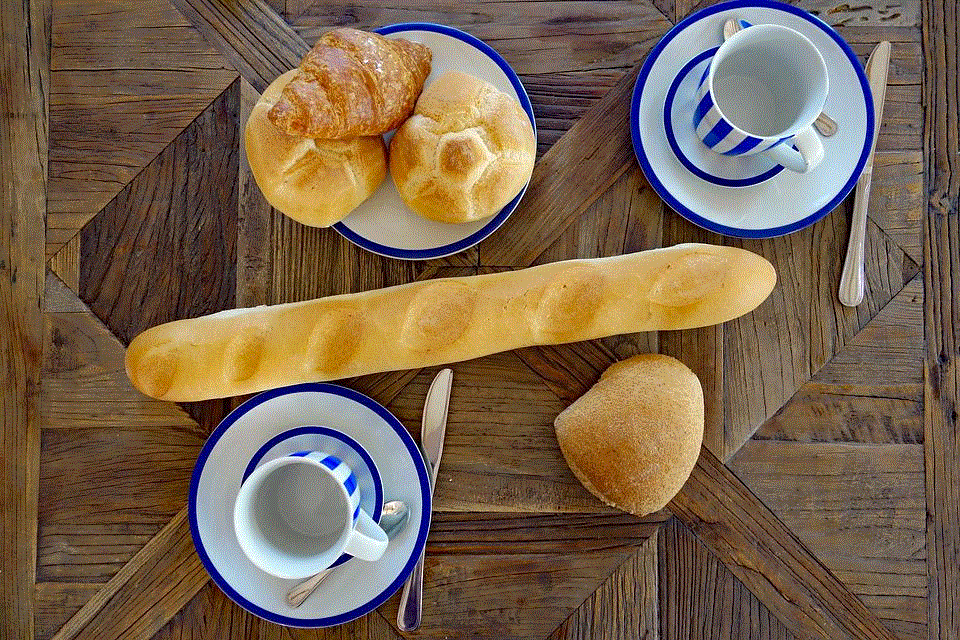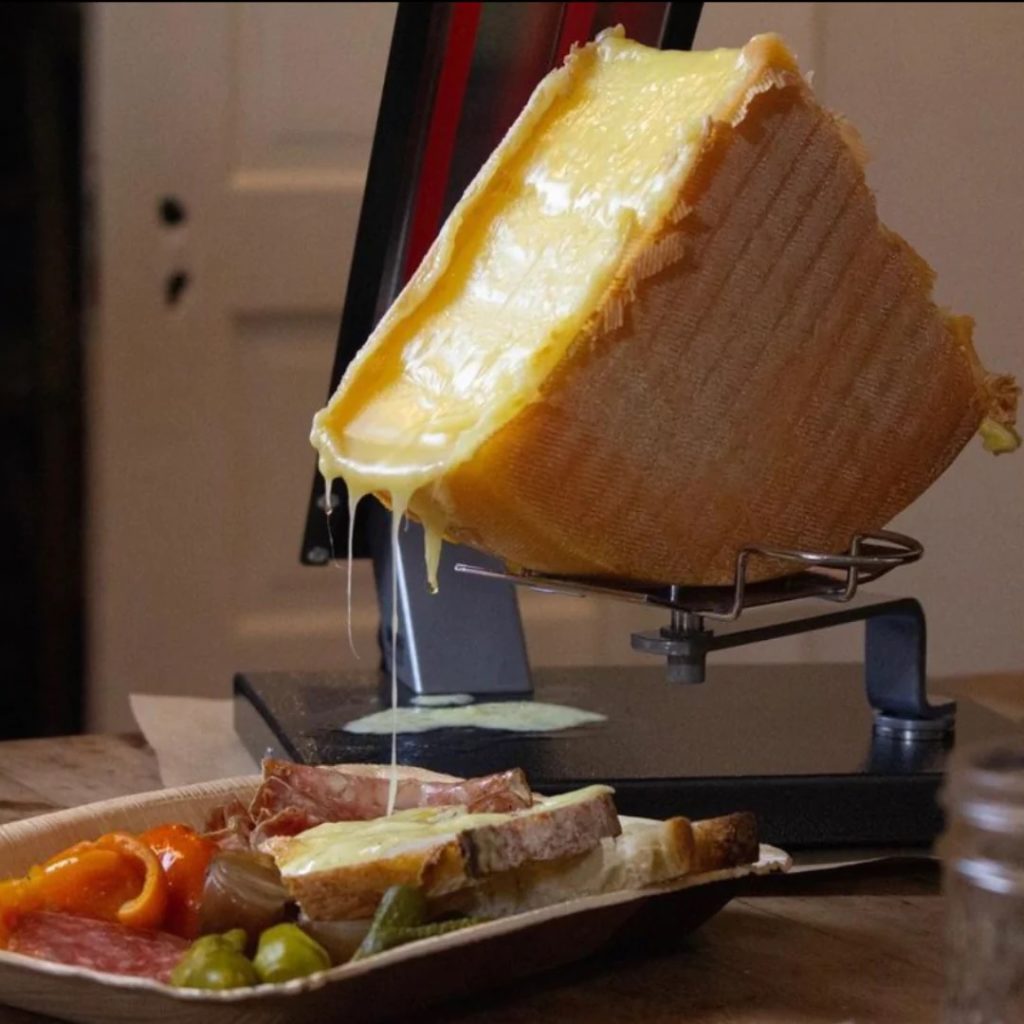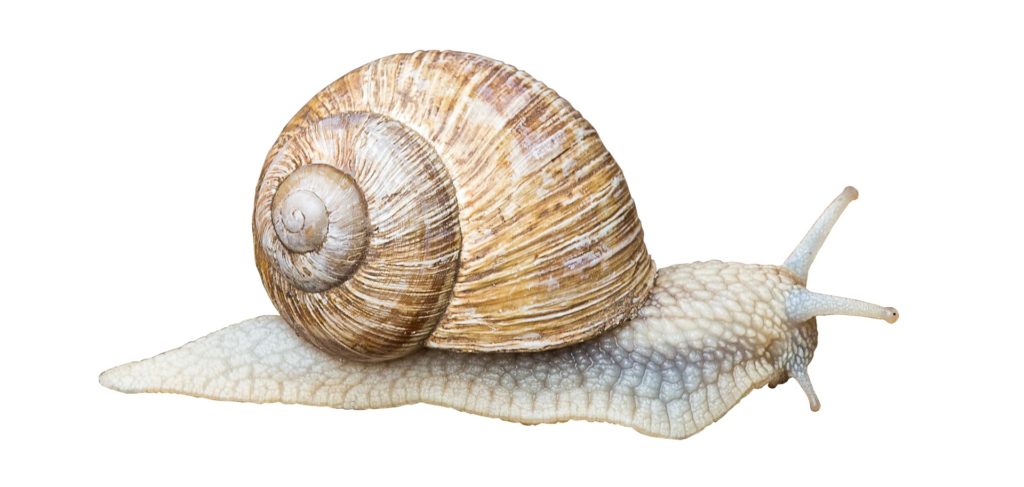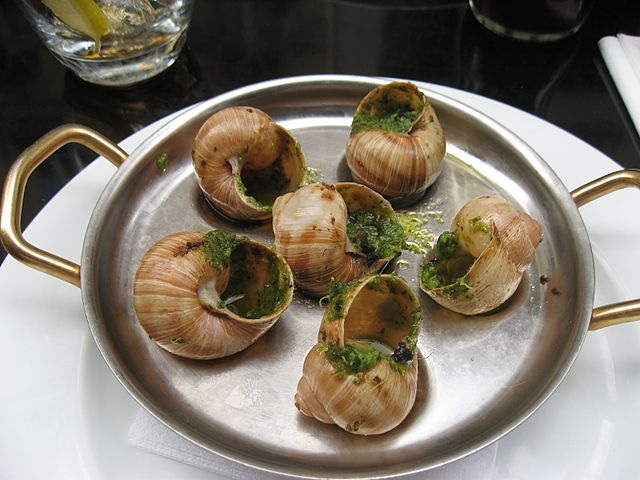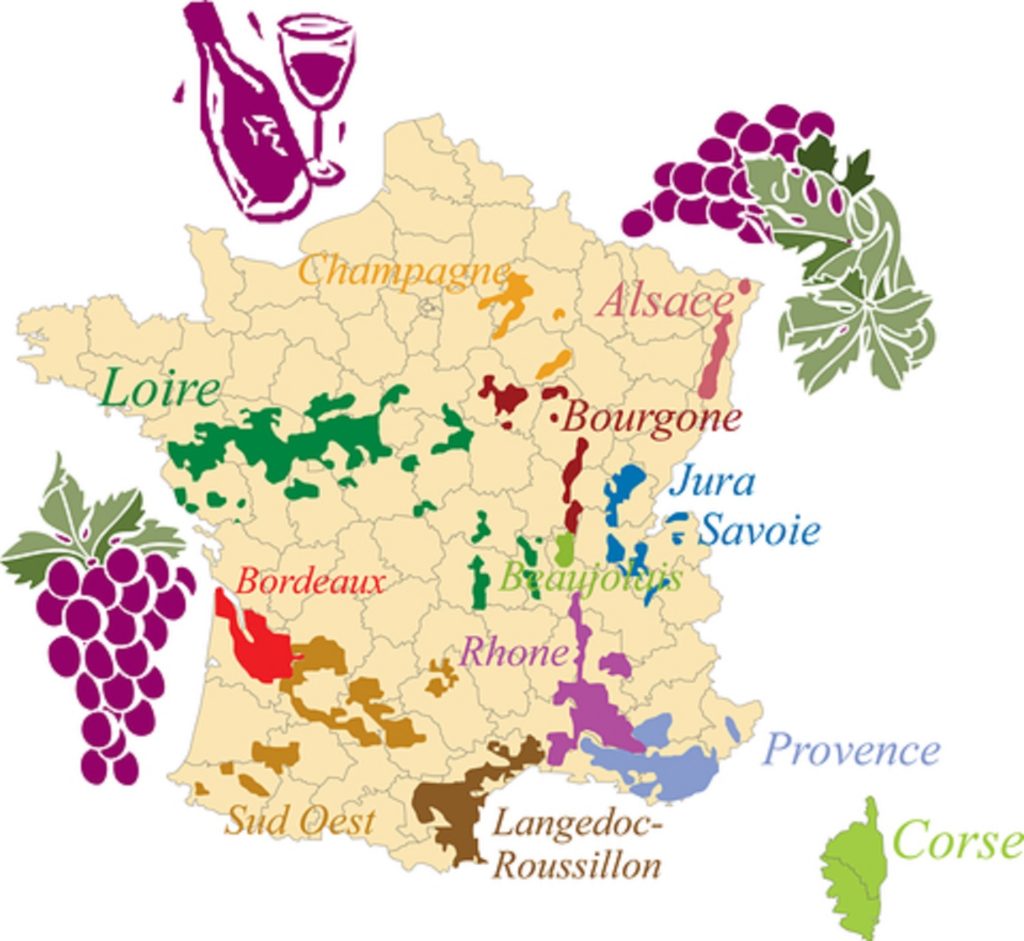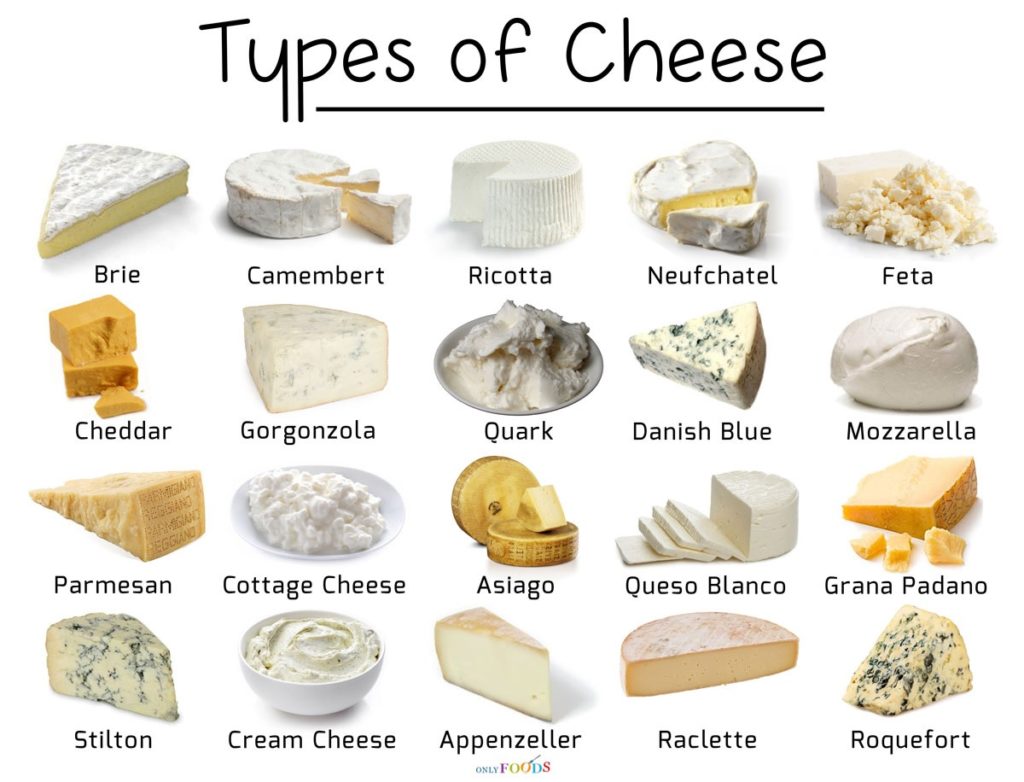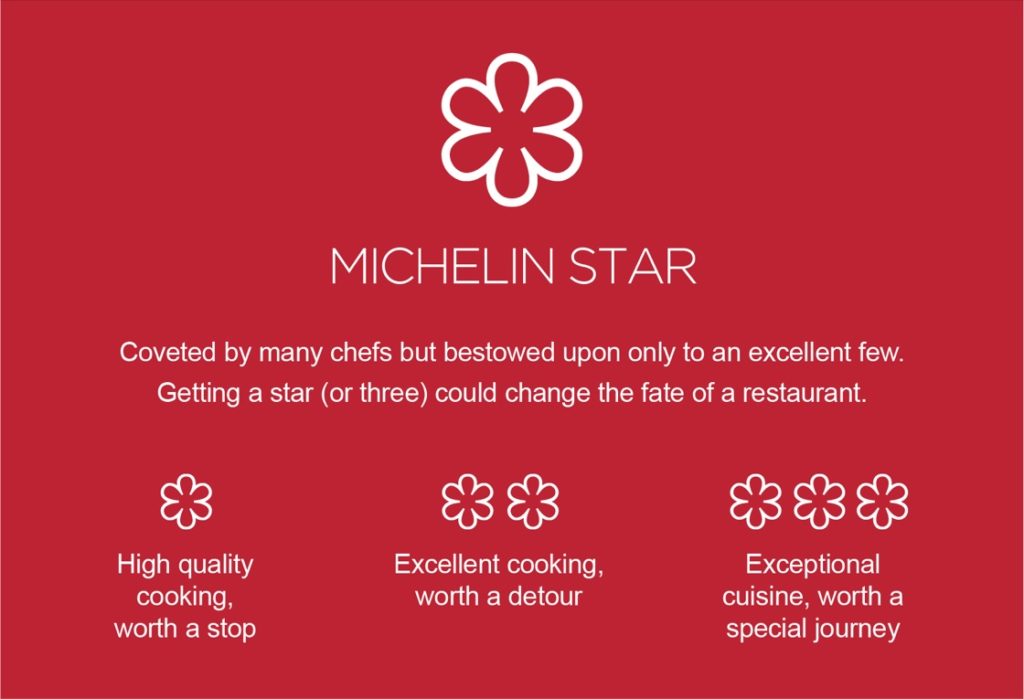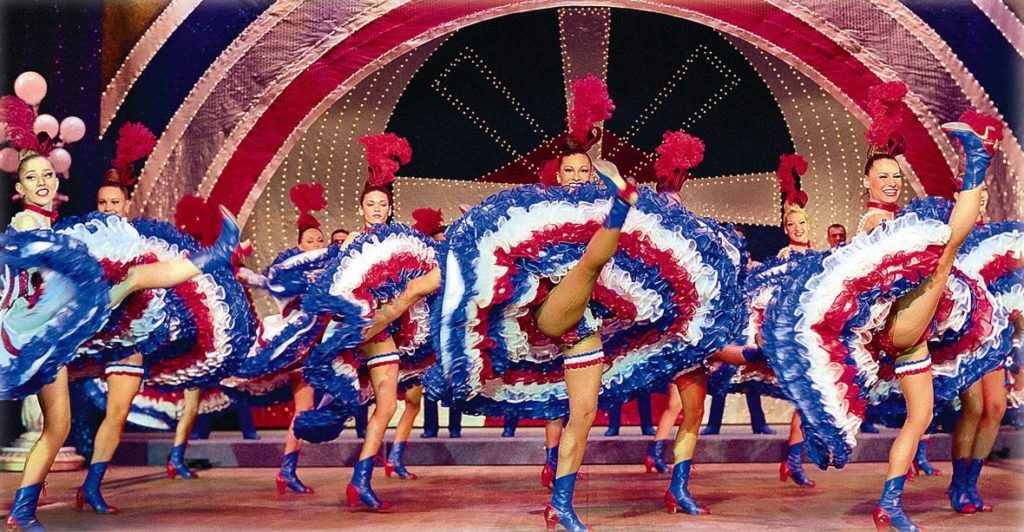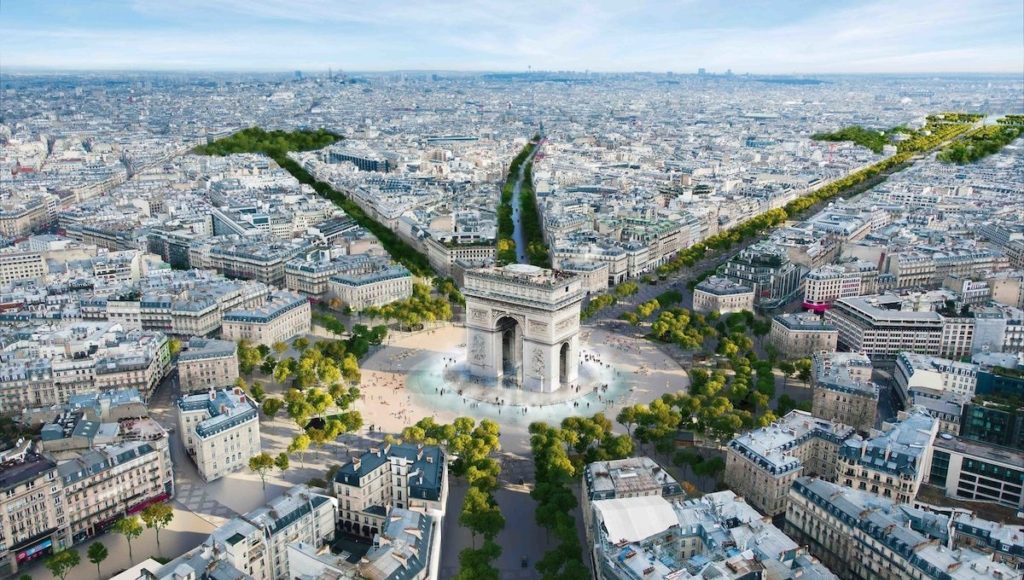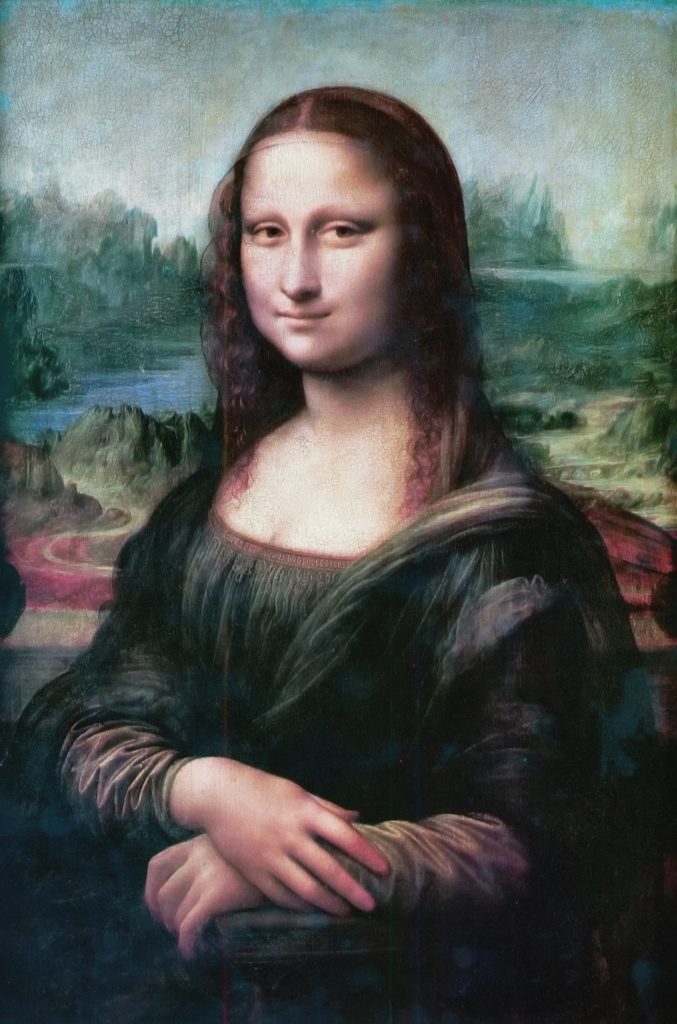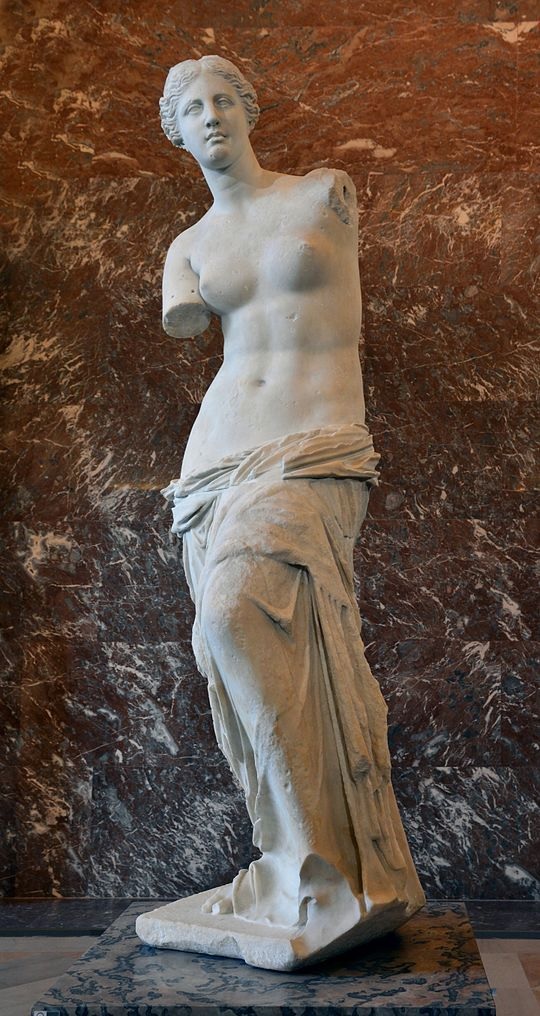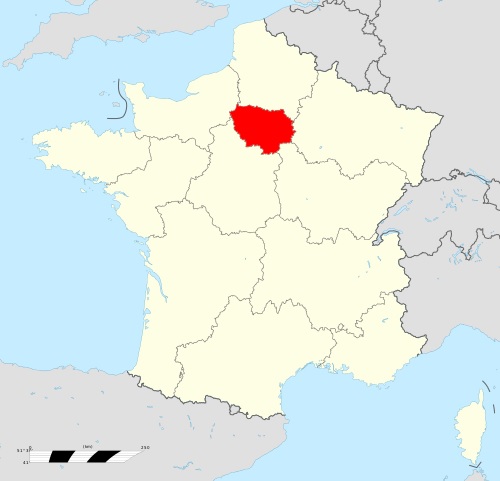TEXT
France is the most visited country in the world.
The most popular tourist sites include: the Eiffel Tower, the Arc de Triomphe (Triumphal Arch), Les Champs Elysees Boulevard, the Louvre Museum, the Sacre-Coeur Basilica and the Montmartre neighborhood, the Opera House Versailles Palace, the castles along the Loire Valley, Chamonix, the French Riviera, Mont Saint-Michel Monastery, etc.
France has been a center of Western cultural development for centuries. Many French artists have been among the most renowned of their time; France is still recognized in the world for its rich cultural tradition.
Fashion:
Fashion has been an important industry and cultural export of France. Paris is considered one of the world’s fashion capitals, and the city is home to many of the premier fashion houses. Chanel, Dior, and Givenchy are some of the great couturier houses.
The French perfume industry is world leader in its sector and is centered on the town of Grasse.
Cuisine:
French cuisine is renowned for being one of the finest in the world. Each region of France has iconic traditional specialties: Cassoulet in the Southwest, Choucroute in Alsace, Quiche in the Lorraine region, Beef bourguignon in the Bourgogne, provençal Tapenade, etc.
France’s most renowned products are wines, including Champagne, Bordeaux, Bourgogne, and Beaujolais as well as a large variety of different cheeses, such as Camembert, Roquefort and Brie.
French cuisine is also regarded as a key element of the quality of life and the attractiveness of France. A French publication, the Michelin guide, awards Michelin stars for excellence to a select few establishments. The acquisition or loss of a star can have dramatic effects on the success of a restaurant.
Architecture:
During the Middle Ages, many fortified castles were built by feudal nobles to mark their powers. During this era, France had been using Romanesque architecture like most of Western Europe.
The Gothic architecture, was born in Île-de-France and was the first French style of architecture to be copied in all Europe.
The Palace of Versailles has many baroque features.
The Arc de Triomphe and Sainte Marie-Madeleine represent the best example of Empire style architecture.
The renovation of Paris, carried out in the 1800’s, under the reign of Napoleon III, replaced old narrow streets with wide boulevards, such as the Champs Elysees. The neo-baroque Palais Garnier (the current opera house) was also built during this period. The architecture associated with this era is named Second Empire.
In the late 19th century, Gustave Eiffel designed many bridges, and remains one of the most influential bridge designers of his time, although he is best remembered for the iconic Eiffel Tower.
Arts:
The Louvre Museum is both the World’s largest and the most-visited museum. The museum houses the famous Mona Lisa painting and Venus de Milo sculpture, among tens of thousands of other artworks.
Literature:
Molière is deemed to be one of the greatest masters of comedy of the Western literature. Victor Hugo is one of the most important French novelist and poet .
Cinema and songs:
Although French cinema and songs are not well known outside of the Francophonie (French speaking countries), some of their artists were household names around the world, such as Brigitte Bardot and Edith Piaf, whose songs, like La vie en rose, are still being sung by young artists today.
The Cannes Film Festival, held annually in Cannes, a glitzy beachfront town on the French Riviera, or Côte d’Azur in French, is attended by all the famous stars of the big screen.
Appellation controlee:
French has an infinite number of regional food, produce, cheese, wines and spirits.
Most of them are strictly controlled brand names in a system called appellation controlee; only products from a designated area can be called by that name. Notable examples are Champagne and Cognac. The control often extends beyond France’s borders. Sparkling wines are produced in many countries, but only the one produced in Champagne, France, can be called Champagne.
Eating and working habits:
French eating habit is very different from that of the English speaking world. Breakfast (called “petit dejeuner¨, or small breakfast) is a light meal, usually just a croissant dipped in coffee, or eaten with butter and jam.
Dinner (evening meal) is also light, usually just a soup.
On the other hand, lunch (called déjeuner or breakfast) is a heavy meal that can last hours and include several courses.
Wine is almost always present on French dining tables.
There is nothing more iconic of France than the French baguette bread and the croissants.
While the ¨Closed for vacation¨ sign is almost inexistent, and the idea is inconceivable, in the English speaking world, tourists in France are very likely to face in the summer. It is not unusually for small shops to close for a full month in the summer for vacation.
VIDEO TRANSCRIPT
JOKES AND PUNS
Why do the French eat snails?
They don’t like fast food.
After an explosion at a French cheese factory…
All that was left was De Brie.
A German went to France for holiday and the French border agent asked: Occupation? German: No, no, no, just visiting.
What do French fries do when they meet?
They ketchup.
I asked a French man if he played video games.
He said, “Wii!”
What would you call the Eiffel Tower if it falls over?
The I Fell Tower!
VOCABULARY SELF-TEST
SPEAKING PRACTICE
ANSWER THE QUESTIONS BELOW USING THE PROVIDED ANSWERS AS EXAMPLES, BUT USE YOUR OWN EXPERIENCE.
Mary: Have you been to France?
John: Yes, I have visited France a few times. In fact it was one of the first countries I’ve visited.
Mary: What attracts you to France?
John: Many things, but mostly its architecture, monuments, landscape and its culinary and fashion reputation.
Mary: Which historical buildings and monuments have you seen?
John: I’ve visited the Eiffel tower, the Arc de Triomphe, the Opera house, the Versailles Palaces, and many more.
Mary: How about the landscapes?
John: I’ve been to the Riviera, Alsace, Chamonix and Provence, but I have not been to the Loire Valley or the St Michel Monastery.
Mary: Did you sample their food and wine?
John: Yes, in Paris we sampled some of their haute cuisine, in Alsace we had quiche, in Provence we had tapenade, and in Chamonix we tried the raclette. I’ve had cassoulet before we went to France, so we did not try any there.
Mary: How about the art scene?
John: We went to the famous Moulin Rouge to see a Cancan show and went to a pub in Montmartre to hear a live singer. We went to the opera house, but just to see the building, not an opera.
Mary: Did you buy any haute-couture clothes or perfume?
John: No. Those things were beyond our budget. We did do some window shopping, however.
NOW LINK THE ANSWERS TOGOTHER INTO A STORY.
GRAMMAR NOTE: OR/NOR When the second negative item is a noun, adjective, or adverb phrase, “OR” should be used to continue the negative thought. Example: I have not been to the Loire Valley or the St Michel Monastery.





